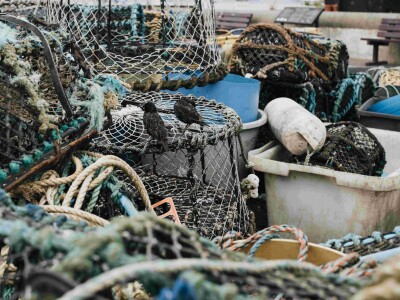One often overlooked public health need in the U.S. is to get Americans to eat more seafood. Unfortunately, the F.D.A.'s approval of genetically engineered salmon without labels may frustrate this goal by fueling consumer mistrust of aquaculture, or marine and freshwater farming.
But even the substantial harvest of wild fish in the U.S. cannot provide for the recommended weekly consumption of two servings of seafood per person. To sustainably supply this seafood, we need to increase production of farmed seafood.
Salmon farming rightly earned a poor reputation for environmental harm, but while significant concerns remain, this industry has evolved rapidly over its four decades of existence. Through better farming practices, traditional breeding innovations, integration of symbiotic species into ecosystems and nutritional developments, some producers are near to achieving, or have achieved, the improvements in farmed salmon production for which chefs, consumers, and NGOs have long advocated. Farmed salmon has become a much more sustainable food, and it boasts superior nutritional benefits than meat.
The market doesn't need — or appear to want — genetically modified farmed salmon. Influential retailers, restaurants, NGOs, politicians, chefs, consumers, and the International Salmon Farmers Association have opposed or rejected genetically engineered salmon. It seems unlikely Americans will find AquaBounty fish on their plates anytime soon.
Read the full story at the New York Times >>
Read more about genetically modified salmon >>






